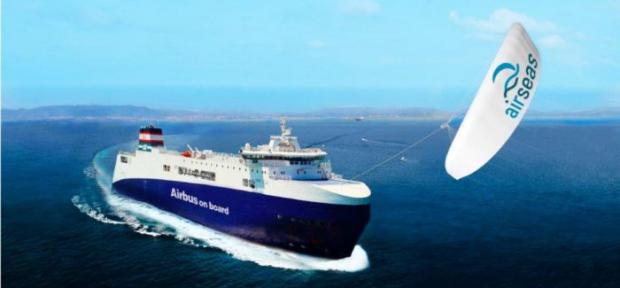
Breaking News
 BREAKING: ACTIVE SHOOTER at Brown University - Two People Dead - 8 Critically Injured
BREAKING: ACTIVE SHOOTER at Brown University - Two People Dead - 8 Critically Injured
 Argentina Moves to Let Banks Offer Bitcoin and Crypto Services
Argentina Moves to Let Banks Offer Bitcoin and Crypto Services
 We're One Storm Away From Disaster
We're One Storm Away From Disaster
 Think a Dairy Cow Will Tie You Down? Here's the Truth.
Think a Dairy Cow Will Tie You Down? Here's the Truth.
Top Tech News
 This tiny dev board is packed with features for ambitious makers
This tiny dev board is packed with features for ambitious makers
 Scientists Discover Gel to Regrow Tooth Enamel
Scientists Discover Gel to Regrow Tooth Enamel
 Vitamin C and Dandelion Root Killing Cancer Cells -- as Former CDC Director Calls for COVID-19...
Vitamin C and Dandelion Root Killing Cancer Cells -- as Former CDC Director Calls for COVID-19...
 Galactic Brain: US firm plans space-based data centers, power grid to challenge China
Galactic Brain: US firm plans space-based data centers, power grid to challenge China
 A microbial cleanup for glyphosate just earned a patent. Here's why that matters
A microbial cleanup for glyphosate just earned a patent. Here's why that matters
 Japan Breaks Internet Speed Record with 5 Million Times Faster Data Transfer
Japan Breaks Internet Speed Record with 5 Million Times Faster Data Transfer
 Advanced Propulsion Resources Part 1 of 2
Advanced Propulsion Resources Part 1 of 2
 PulsarFusion a forward-thinking UK aerospace company, is pushing the boundaries of space travel...
PulsarFusion a forward-thinking UK aerospace company, is pushing the boundaries of space travel...
 Dinky little laser box throws big-screen entertainment from inches away
Dinky little laser box throws big-screen entertainment from inches away
 'World's first' sodium-ion flashlight shines bright even at -40 ºF
'World's first' sodium-ion flashlight shines bright even at -40 ºF
Airseas installs its first fuel-saving auto-kite on a cargo ship

The full-size kite is estimated to save up to 20 percent of fuel burn and emissions.
The US$30-million, 154-meter (505-ft) Ville de Bordeaux, owned and operated by Louis Dreyfus, is currently on a long-term lease to Airbus, which uses it to move large aircraft structures between its distributed manufacturing plants around Europe and its final assembly plant in Toulouse.
Now, it's been fitted with a 500-square-meter (5,400-sq-ft) parafoil kite, plus all the deck and bridge equipment required to run the Seawing system. The Seawing deploys automatically, first emerging from storage on a trolley, then raising up from the deck on a mast to catch the wind, and finally being released on a long cable to grab the steady, strong winds over about 200 m (656 ft) above sea level.
At this point, it begins a figure-eight trajectory at a speed over 100 km/h (62 mph), monitored and controlled by an automated system running on the ship that's programmed to place the kite for maximum traction power. The Seawing computers also interface with the ship's navigation systems, monitoring forward wind conditions and re-routing the ship to take the most efficient path possible without affecting its arrival time.
The kite about to undergo testing is half the size of the full 1,000-sq-m (10,800-sq-ft) kite that'll eventually be deployed for commercial operation. Airseas estimates the full-size system will cut both diesel consumption and shipping emissions by a remarkable 20 percent. Germany's Skysails Group has tested similar devices up to 400 sq m (4,300 sq ft) in size, finding they replace up to 2 MW of power from the main engines under favorable wind conditions.
Airseas says the Seawing system can be retro-fitted to virtually all ship types, requiring only about two days for the conversion and not getting in the way of cargo operations in port. We'd certainly be interested to learn more about the economics of this kind of system; fuel costs for large freighters are enormous, and a 20 percent saving would add up to a significant figure very quickly.



